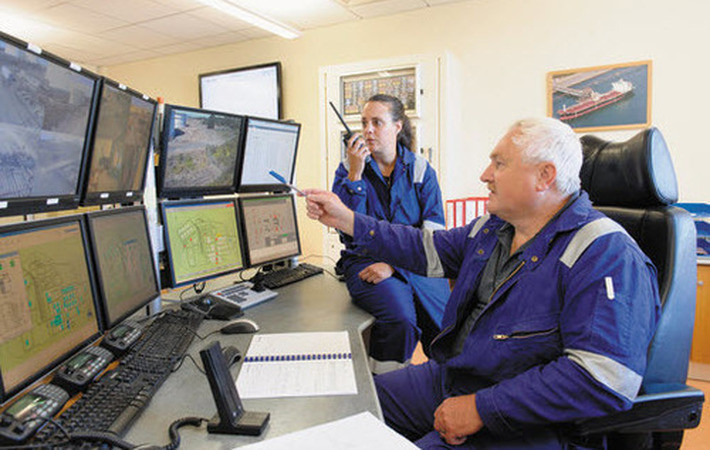
Published on 11/07/2016 | Strategy
The next industrial revolution, Industry 4.0, the Industrial Internet of Things (IIoT) – whatever you want to call it, is one of the primary megatrends impacting on our market today, and will continue to do so for the foreseeable future. So where do we stand on this topic and how are we ensuring that the value of our IIoT strategy is clear and relevant to your business?
Recently, we heard from our leader, Jean-Pascal Tricoire, about how Schneider Electric is “putting this Internet of Things to work for enterprises, industries, cities and living spaces across the world. IoT is breaking silos and borders within business.”
Industries are being driven by increasing infrastructure investments in new economies, the push to modernize aging systems and equipment, increasing regulations, increasing market speed and volatility, and disruptive technology trends that change everything. To compete and win in this new world – a world of 50 billion connected devices in 2020, where we produce and consume differently, and with intelligence everywhere – you need practical solutions that address your specific needs – not just technology change for the sake of change.
We are approaching the advent of the Industrial Internet of Things as an “evolution,” rather than a “revolution.” We will draw on our long history of innovation in open architectures and Ethernet-based technologies to guide you through this transformation. By our definition, the Industrial Internet of Things brings about a world where our smart connected products and systems operate as part of larger systems that encompass multiple Smart Connected Assets. The result delivers tangible business value for you – whether you are an end user or a machine builder. Value like improvements to efficiency and profitability, increased cybersecurity and innovation, and better management of safety, performance and environmental impact.
This is not new for us. Schneider Electric is an IIoT pioneer. We launched our first digital distributed control system – by its very nature, digital and connected – in 1987, four years before the launch of the World Wide Web! By the 1990s, we were implementing Ethernet and web servers in our programmable logic controllers with Transparent Factory and Transparent Ready, while our competitors were still busy promoting proprietary protocols like Profibus and DeviceNet. And we have continued to innovate, with products and solutions such as the award-winning Modicon M580 ePAC, the first controller with Ethernet built right into its backplane.
In addition, we’re already delivering Smart Connected Products and Systems, and leveraging the cloud and advanced software to deliver real solutions like:
- Dynamic QR codes for smart diagnostics which help reduce plant downtime
- Mobile apps to configure and control devices for faster commissioning
- Wireless and less wire to reduce installation cost
- Embedded optimization software in drives to reduce energy consumption and increase pump lifetimes
- System in cloud to configure and test DCS and safety systems for collaboration to reduce project cost and improve quality
- Decision support systems using advanced data analytics/modelling techniques to advise operators in real time about what to do in case of an unplanned event for geographically dispersed supply chains
This is not small stuff – what doesn’t contribute to “smartness” will become a commodity in the long run! And by some estimates, the Internet of Things as a whole could add as much as $14 trillion to the global economy by 2030. This will make a real difference in business practices, operating procedures and, generally, in the fundamental way we approach problem solving going forward.
Industrial Automation is ready for the Internet of Things
The promise of the Industrial Internet of Things